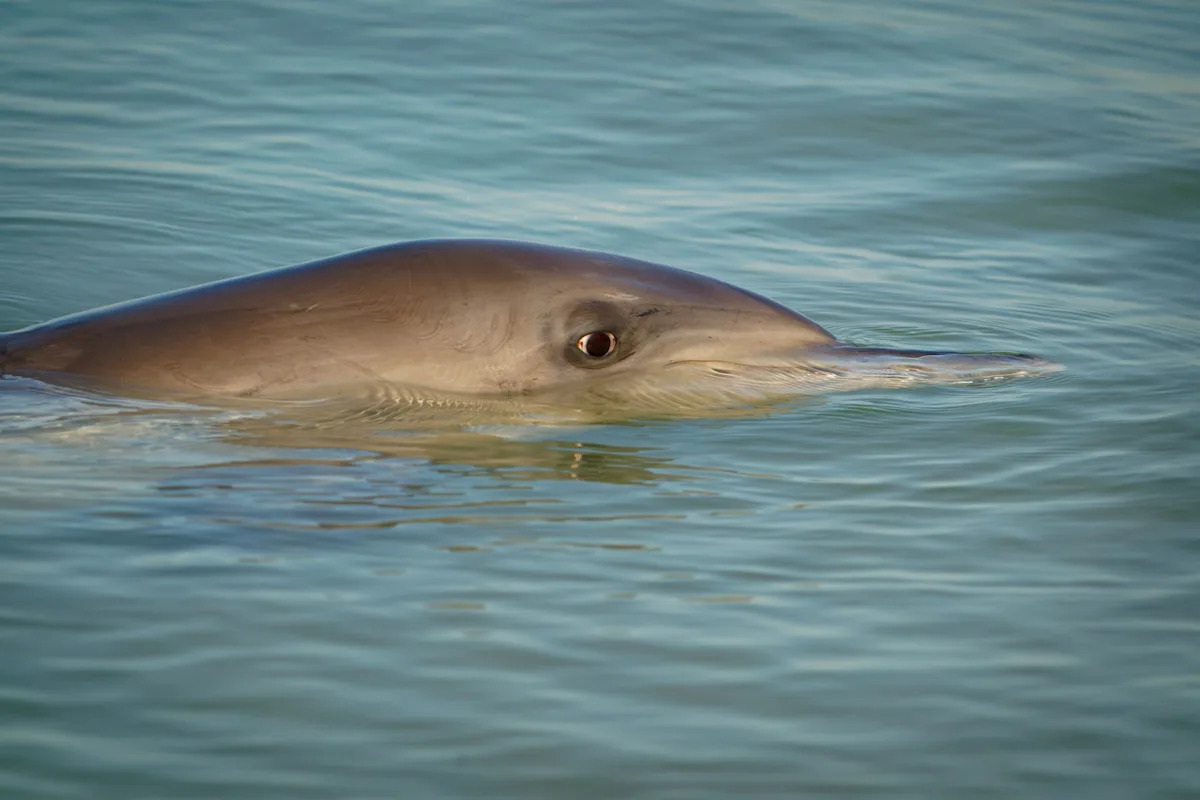Home / Environment / Microplastics Contaminate Endangered Indus River Dolphins
Microplastics Contaminate Endangered Indus River Dolphins
3 Oct
Summary
- Indus River dolphins evolved to live in rivers after ancient sea dried up
- Microplastics found in gastrointestinal tracts of deceased dolphins
- Plastic waste from human activities blamed for contamination

According to the latest findings, the endangered Indus River dolphins are facing a grave threat from microplastics. These unique creatures evolved to live in rivers after their primary habitat, the ancient Tethys Sea, dried up around 50 million years ago.
However, the Indus River dolphins' population has declined dramatically in recent decades due to the construction of an irrigation facility that has confined them to a 750-mile stretch between Pakistan and India. This waterway is now considered one of the most polluted in the world.
Researchers examining the gastrointestinal tracts of five deceased Indus River dolphins found them to be heavily contaminated with plastic waste. The study revealed that 94.76% of the plastics found were fibers, with more than half being PET. Experts believe these microplastics and nanoplastics, along with associated chemicals, could cause serious health issues for the dolphins, including digestive problems, oxidative stress, immune disruption, and reproductive toxicity.
The researchers concluded that the plastic contamination is directly linked to human activities, with polymers likely emanating from plastic ropes, fishing nets, bottles, bags, and agricultural runoff. As apex predators, the Indus River dolphins are accumulating these microplastics through the food chain, posing a grave threat to their survival and resilience.


